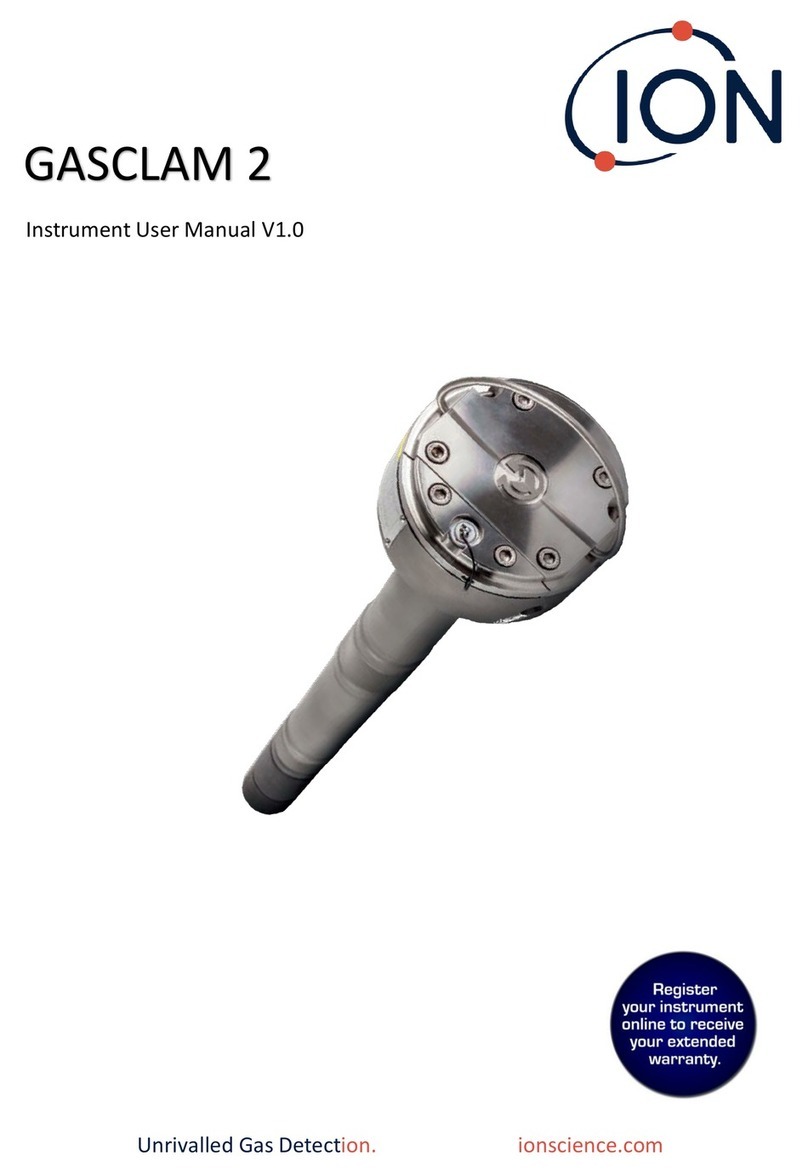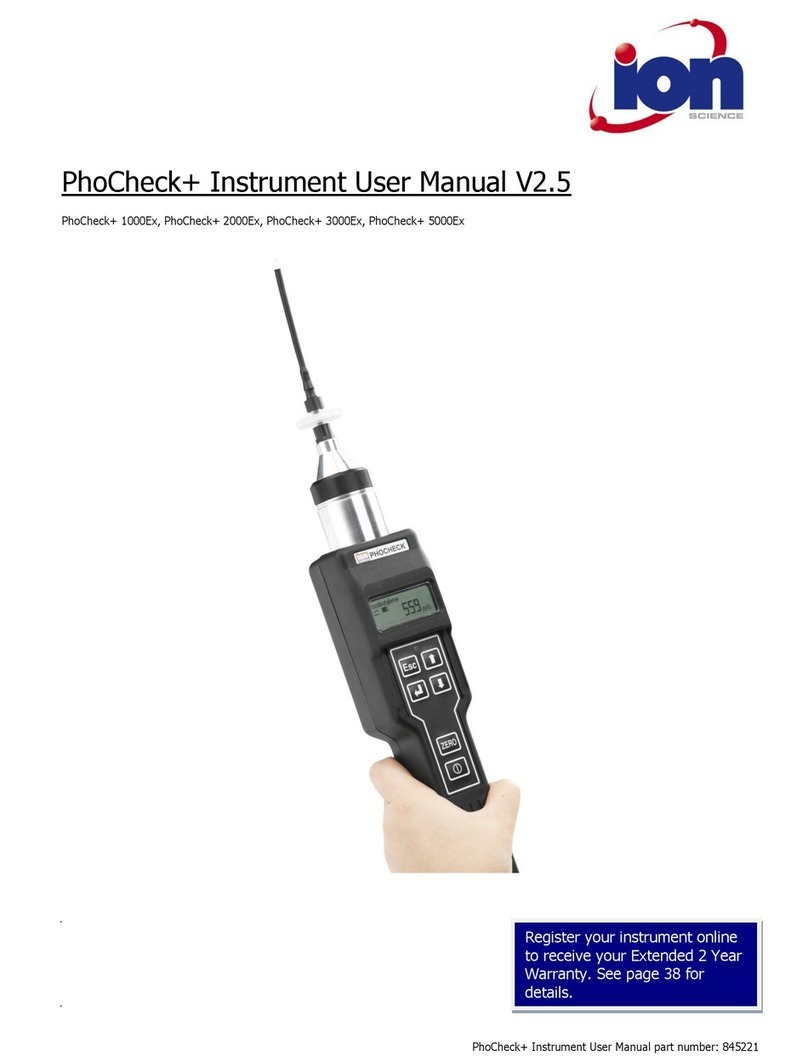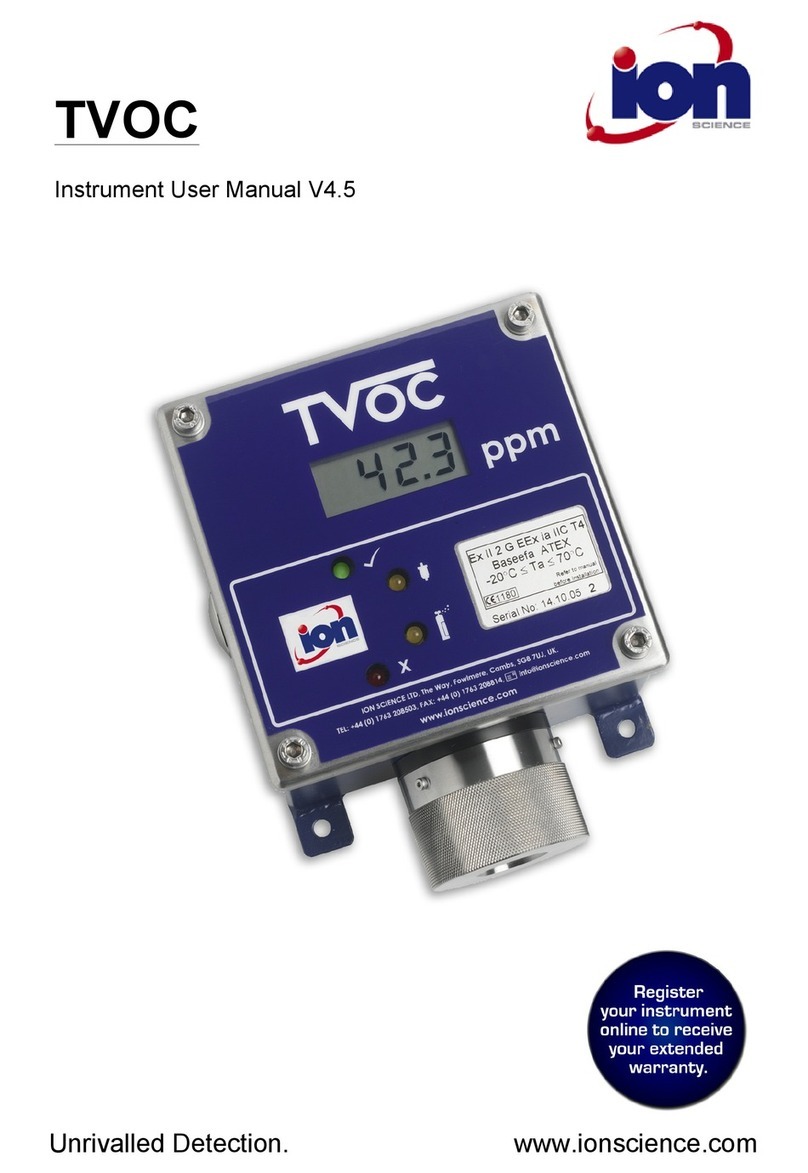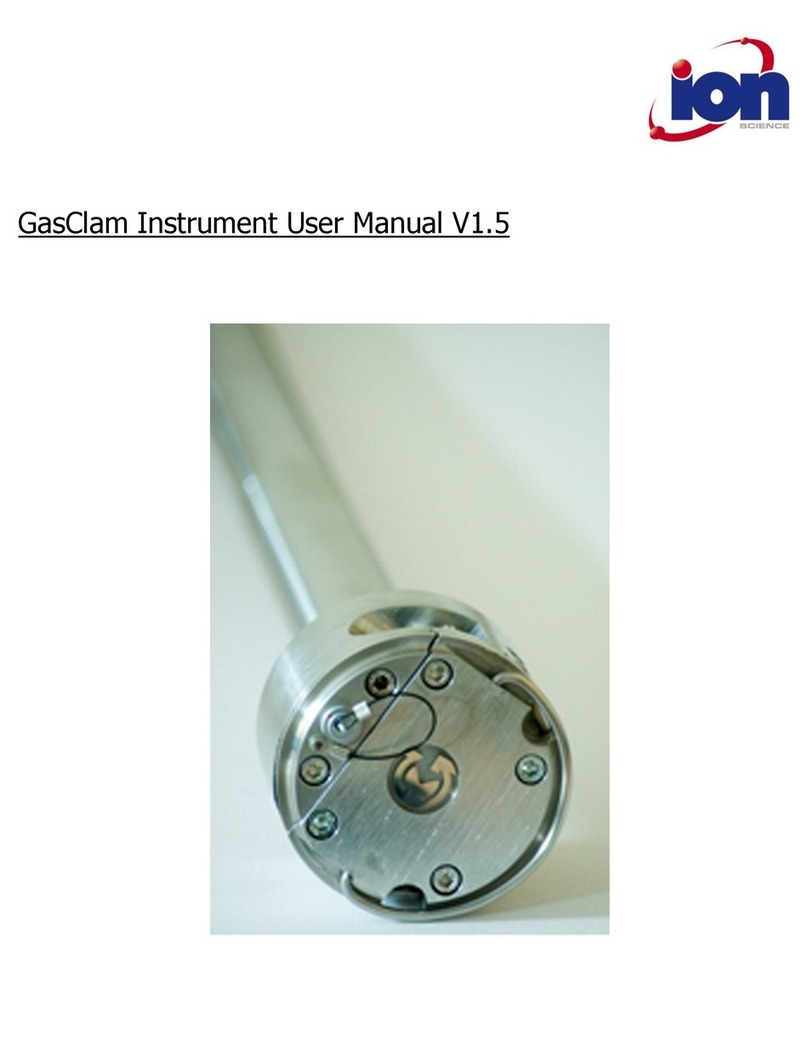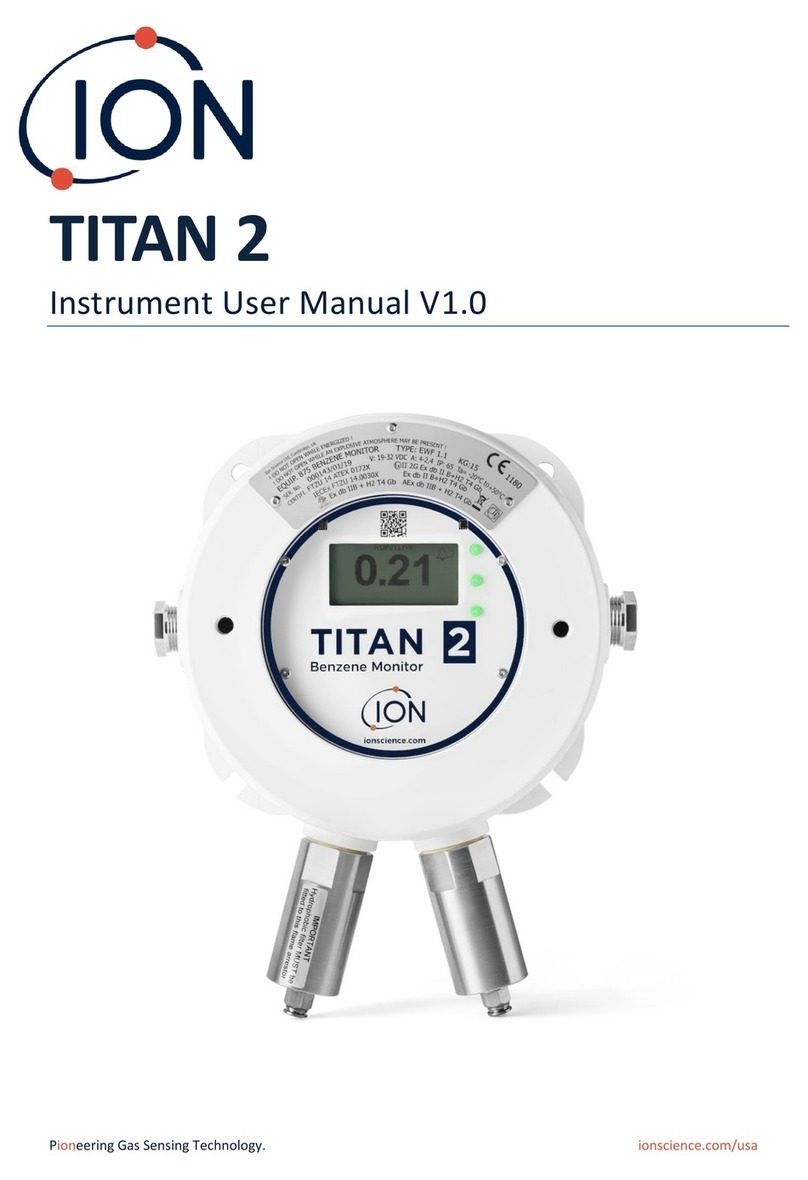Contents
Declaration of conformity............................................................................................................................... 3
GasCheck 3000 ............................................................................................................................................. 3
GasCheck 3000IS .......................................................................................................................................... 4
Statements ....................................................................................................................................................... 6
Responsibility for Use .................................................................................................................................... 6
Legal Notice ................................................................................................................................................... 6
Introduction...................................................................................................................................................... 7
Scope and definitions ..................................................................................................................................... 7
Description ..................................................................................................................................................... 7
Principal of operation ..................................................................................................................................... 7
Applications .................................................................................................................................................... 8
Technical data.................................................................................................................................................. 9
General........................................................................................................................................................... 9
Performance ................................................................................................................................................. 10
Battery data .................................................................................................................................................. 11
Control buttons ............................................................................................................................................. 14
Operation........................................................................................................................................................ 15
Display.......................................................................................................................................................... 16
Leak rate indication ...................................................................................................................................... 16
Other display symbols .................................................................................................................................. 17
Audio and visual outputs .............................................................................................................................. 17
Prepare the GasCheck................................................................................................................................. 17
Remove the Gas Check nozzle or change the probe (if required) .............................................................. 18
Switch on the Gas Check ............................................................................................................................. 19
Recommended leak search procedure ........................................................................................................ 19
Switch off the GasCheck .............................................................................................................................. 20
Inspect and clean the GasCheck ................................................................................................................. 21
Fault finding .................................................................................................................................................. 24
Storage and Disposal.................................................................................................................................... 25
Storage ......................................................................................................................................................... 25
Disposal ....................................................................................................................................................... 25
Spares and Accessories............................................................................................................................... 26
Introduction .................................................................................................................................................. 26
Spares .......................................................................................................................................................... 26
Accessories .................................................................................................................................................. 26
Calibration .................................................................................................................................................... 26
Refurbish program ....................................................................................................................................... 26
Instrument warranty and service ................................................................................................................. 27
Warranty ....................................................................................................................................................... 27
Service ......................................................................................................................................................... 27
Contact details ............................................................................................................................................. 27
Manual log...................................................................................................................................................... 28












